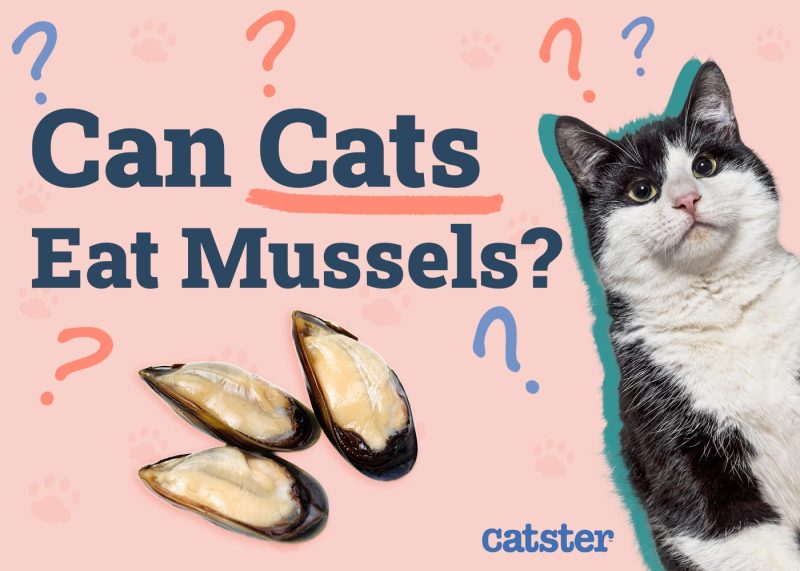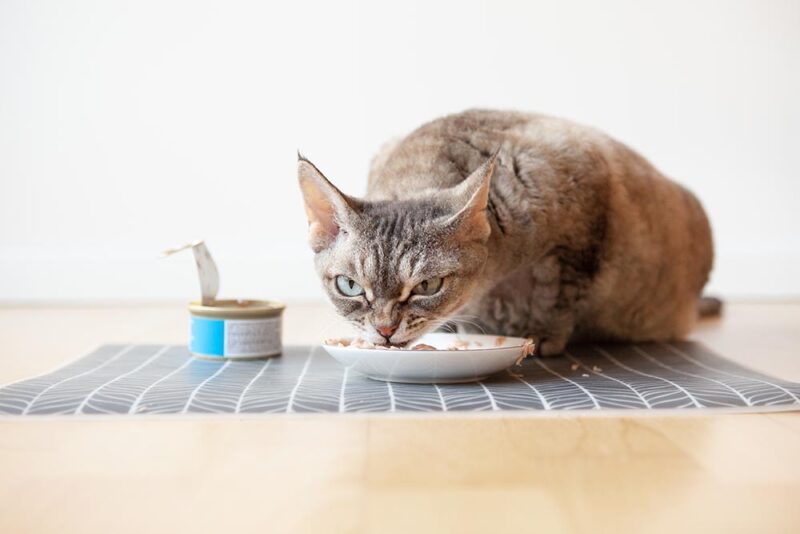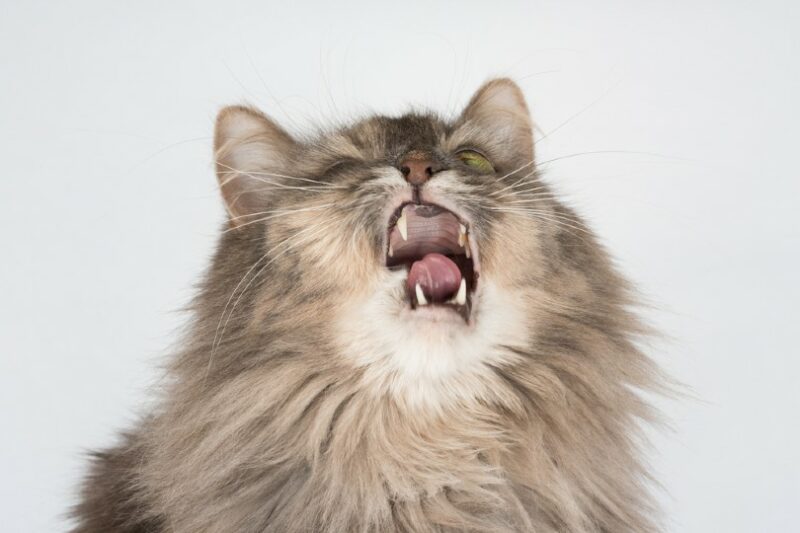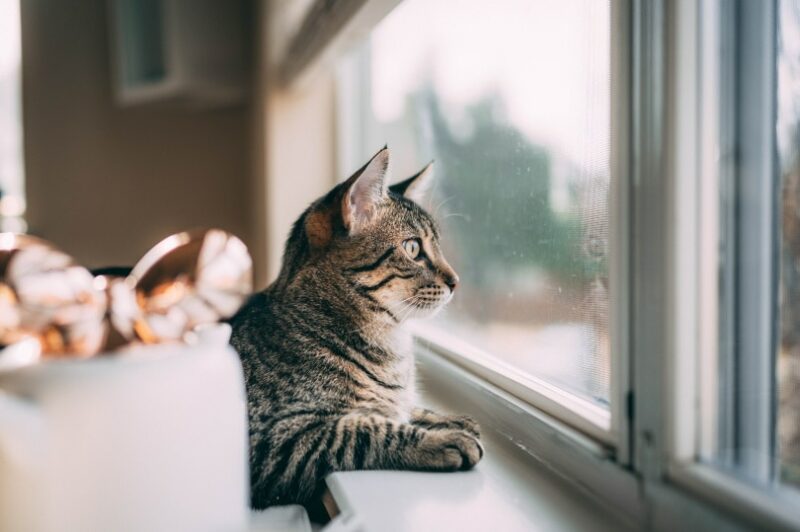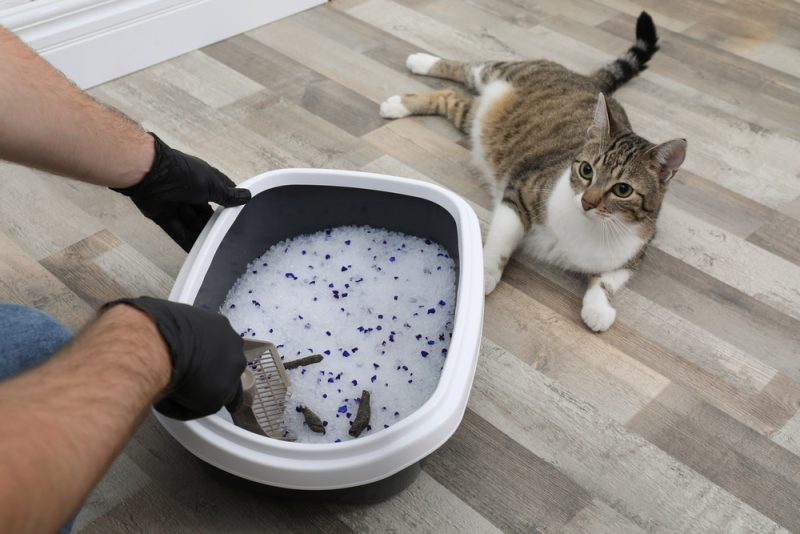In this article
View 2 More +If you’ve landed on this post, odds are that you just added a new kitten to your life. Given that your new bundle of feline joy is a kitten, they will need a little direction from you. When it comes to litter box training, it’s not too difficult because cats are naturally drawn to litter boxes, and their instincts enable them to understand what the litter box is for and how to use it. Still, they need a little encouragement from you.
Kittens can take to a litter box in just a couple of days, but a little help and guidance will be beneficial. Read on to learn how to potty train your kitten and set them up for success.

Before You Start
The time to start potty training will depend on your kitten’s age. The mother cat stimulates her kittens to go potty and cleans them up afterward before they’re 4 weeks of age, at which time no litter box is needed. However, if your kitten is in the weaning stage, which usually occurs between 4 and 6 weeks of birth, you can start preparing your new kitten to use a litter box.
If you’ve adopted an adult cat, you can begin potty training immediately (if they haven’t been trained already). Before potty training your kitten, ensure you have enough litter boxes, especially if you have multiple cats. Generally, you need one litter box per cat, with one extra box. So, if you have two cats, ensure you have three litter boxes.
Check that you have plenty of litter, and keep the litter box clean. You can place a mat underneath the litter box to minimize the mess. Be prepared to use positive reinforcement while training, and never yell at your kitten when they make mistakes1. Now, without further ado, let’s look at how to potty train your kitten.

How to Potty Train a Kitten
1. Choose the Correct Litter Box
Full-sized litter boxes may be too intimidating for your kitten. Experts agree that a 13 x 9-inch litter tray is acceptable for kittens. Your kitten should be able to get in and out of the litter box easily, and the sides must be shallow. Remember that as your kitten grows, you’ll need to upgrade the litter box to match their size.
Ensure you have two litter boxes of the same size in the home for your kitten, and upgrade them both as your kitten grows. It’s ideal to buy uncovered litter boxes, especially for kittens. As your kitten grows into an adult, they may prefer a covered litter box, but you can get it when the time comes.
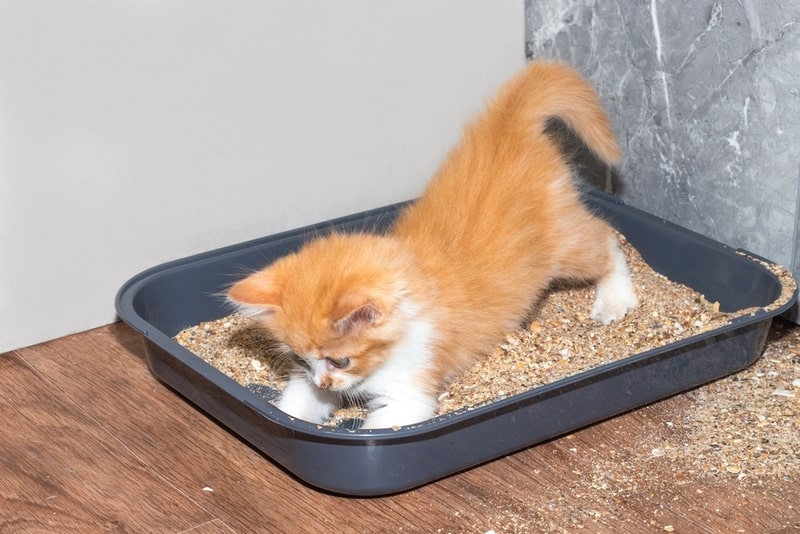
2. Pick the Correct Litter
This stage may take trial and error, but it’s best to avoid cat litter with harsh chemicals. Kittens are incredibly curious, and like toddlers, they learn from their environment with all their senses, including taste, which means they are likely to try their litter.
Therefore, you should avoid getting clumping litter because it will put their health at risk if ingested. We recommend natural litter like PetSafe Natural Cat Litter, which is made of recycled paper and should work well for your kitten. Other natural litters, such as those made of corn or wheat, might be viable options if your kitten does not like the paper litter.
3. Decide on Litter Box Placement
Where you place the litter boxes is an important factor. The boxes should be in a calm area of the home with little foot traffic and noise. The areas should be free from rugs or other objects that may be tempting to potty on. The placement should also be in an area with ambient light (if this is not possible, use a night light).
Refrain from placing multiple boxes in a corner because they will look like one giant litter box, which may cause problems if you have other cats in the home. Instead, spread the boxes out. If you have more than one story, place a box on every level of the home.

4. Introduce Your Kitten to the Litter Box
Once you have placed the litter boxes full of safe kitten litter, it’s time to introduce your kitten to the litter boxes. The first step is to show your kitten the location of all the litter boxes throughout the home. Next, gently place your kitten in one of the boxes.
Your kitten may paw at the litter immediately due to instinct, but you can use your hand to sift through it to show them. Your kitten may use the box right away, but it may take going through this process a few times before they get the hang of it.
If your kitten hasn’t used the box during this process, try placing them in a litter box right after eating, drinking water, or napping.
5. Reward With Positive Reinforcement
When your kitten goes potty in the litter box, reward them with a tasty treat and gentle praise in a calm voice. Never yell at your kitten when they make a mistake, and if they do, clean the area with an enzymatic cleaner to discourage accidents from happening in the same place.
Ensure you provide a treat immediately after they go potty in the litter box to show that they did something that pleased you.

What to Do If Your Kitten Won’t Use the Litter Boxes
If your kitten is not taking to the litter box, don’t fret! They will eventually, but there are steps you can take to prevent your kitten from going to the bathroom outside of the litter box.
First, ensure you have the litter boxes placed in the appropriate areas. The boxes should be easily accessible and in quiet spots with little to no foot traffic. Ensure that the boxes are not hidden and that no territorial competition or displacement occurs between other cats in the home.
You can also consider changing the type of litter you’re using, as some kittens may have particular preferences, and the problem may be as simple as not liking the litter. Remember to choose a kitten-safe litter that does not clump, and clean the box daily.
If your kitten is still struggling to use the litter box, consider talking to a veterinarian to rule out a medical or behavioral issue.
If you need to speak with a vet but can't get to one, head over to PangoVet. It's an online service where you can talk to a vet online and get the advice you need for your pet — all at an affordable price!


Conclusion
Potty training a kitten shouldn’t be too difficult, but success will depend on where you place the litter boxes, the correct size and litter, and how clean you keep them. If you follow the steps mentioned here, you should have no problems potty training your new kitten. If all else fails, take your kitten in for an examination to rule out medical issues.
Featured Image Credit: Kachalkina Veronika, Shutterstock




